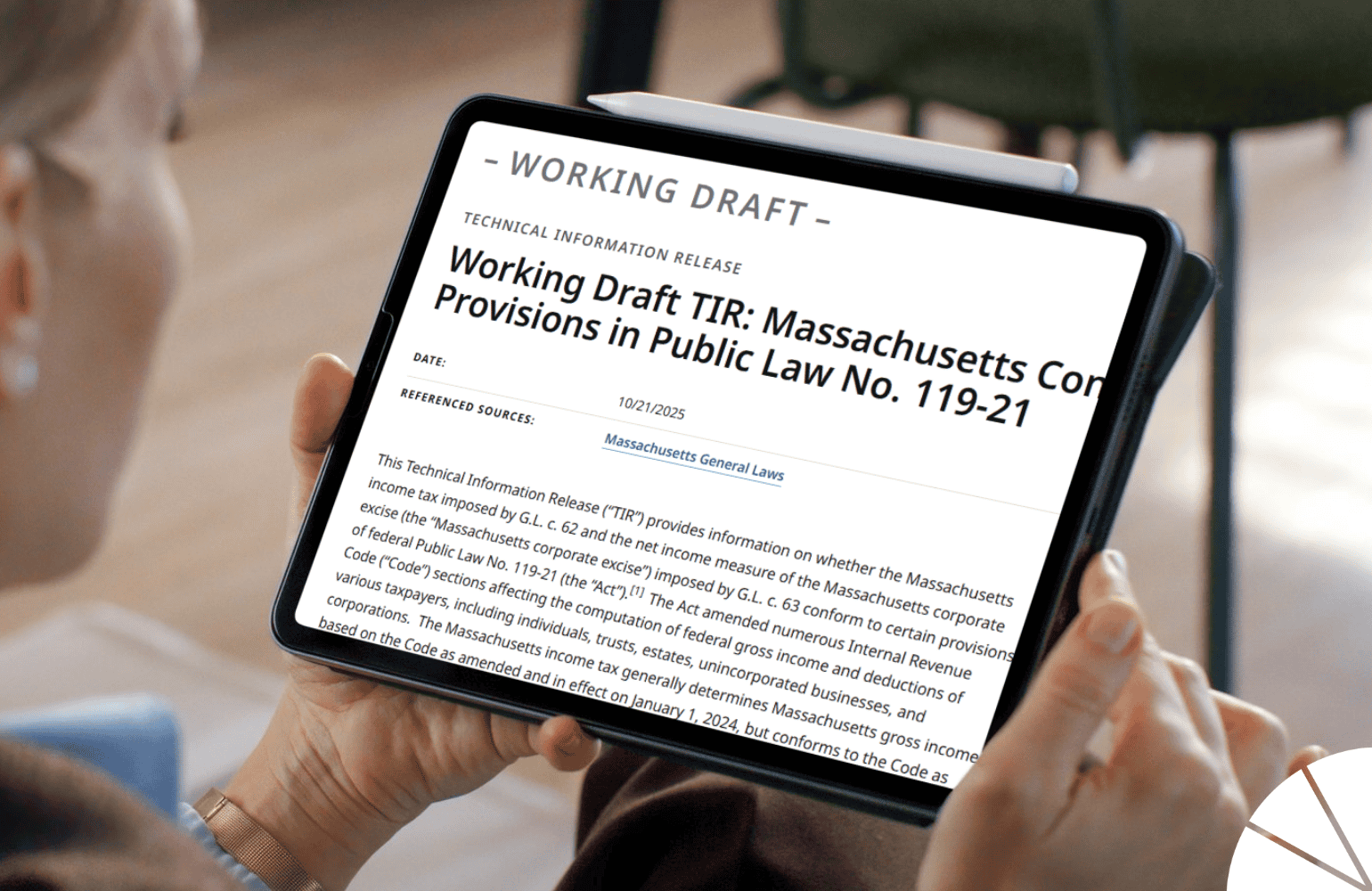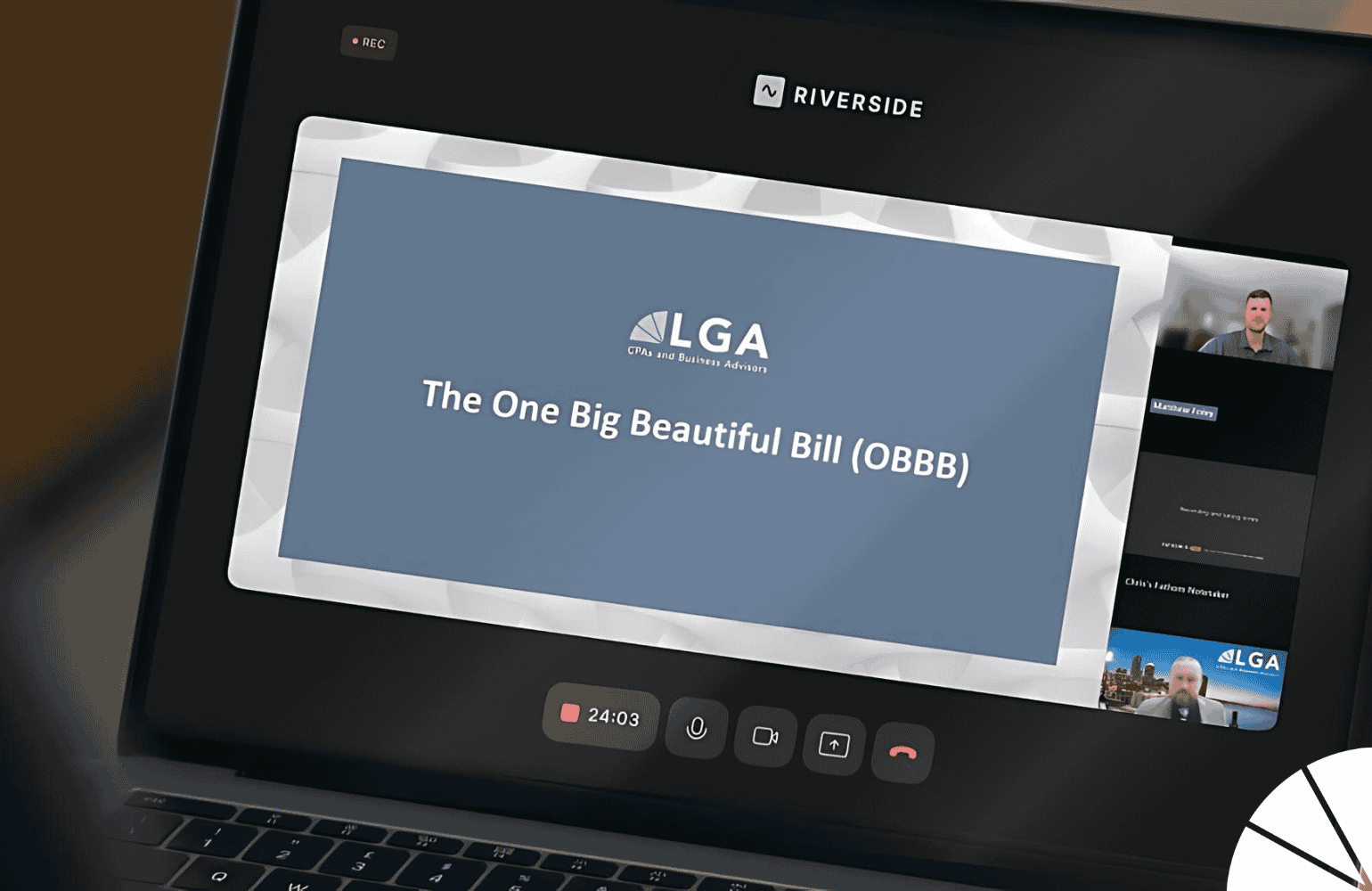
One of the least favorite year-end tasks for real estate developers is the preparation of the Form 1099 for vendors and contractors. Contractors can make it especially tough since they know that once the Form W-9 is filled-out, a Form 1099 will follow after year-end making it harder to hide the income from the IRS – which is exactly why the IRS wants businesses big and small to file the tax information returns.
The first step in the 1099 filing process is to have your independent contractor complete the Form W-9. The Form W-9 is required to be kept on file for at least 4 years. It is considered best practice to request a Form W-9 from all vendors at the commencement of services, not after payment to encourage compliance.
What Constitutes an Independent Contractor?
According to the IRS, an independent contractor is:
- an individual, partnership, estate, in some cases, a corporation
- not an employee of the company
- someone who received payment for services in the course of your trade or business and payments totaled at least $600 during the year.
The second step in the process is to send the Form 1099-MISC to the independent contractor on or before January 31. If nonemployee compensation is being reported, use either paper or electronic filing methods. The majority of these payments will be reported in Box 7 as Nonemployee compensation.
Many developers would rather roll the dice and not file these returns, but the consequences can be costly. The IRS can assess penalties for failing to report correct returns, for not filing on time, or for intentional disregard. The penalty rates and maximums for not filing correct information or not furnishing correct payee statements, including inflationary adjustments, if applicable, are reflected in the following table:
| Time Returns are Filed / Furnished | Small Business (Gross Receipts of $5 Million or Less*) | Large Business (Gross Receipts of More Than $5 Million*) |
| Less than 30 days late | $50 per return / $187,500 maximum | $50 per return / $536,000 maximum |
| 31 Days late – August 1 | $100 per return / $536,000 maximum | $100 per return / $1,609,000 maximum |
| After August 1 or Not at all | $260 per return / $1,072,500 maximum | $260 per return / $3,218,500 maximum |
| Intentional Disregard | $530 per return / No limitation | $530 per return / No limitation |
LGA’s Construction and Real Estate Team has worked closely with developers and all other real estate industry professionals for decades. If your real estate development company needs any help filing 1099s, filing year-end tax returns, or even consulting services, please contact Scott Sagan.
*(Average annual gross receipts for the most recent 3 taxable years) IRC 6721 and IRC 6722
Written by Tim Cammett





